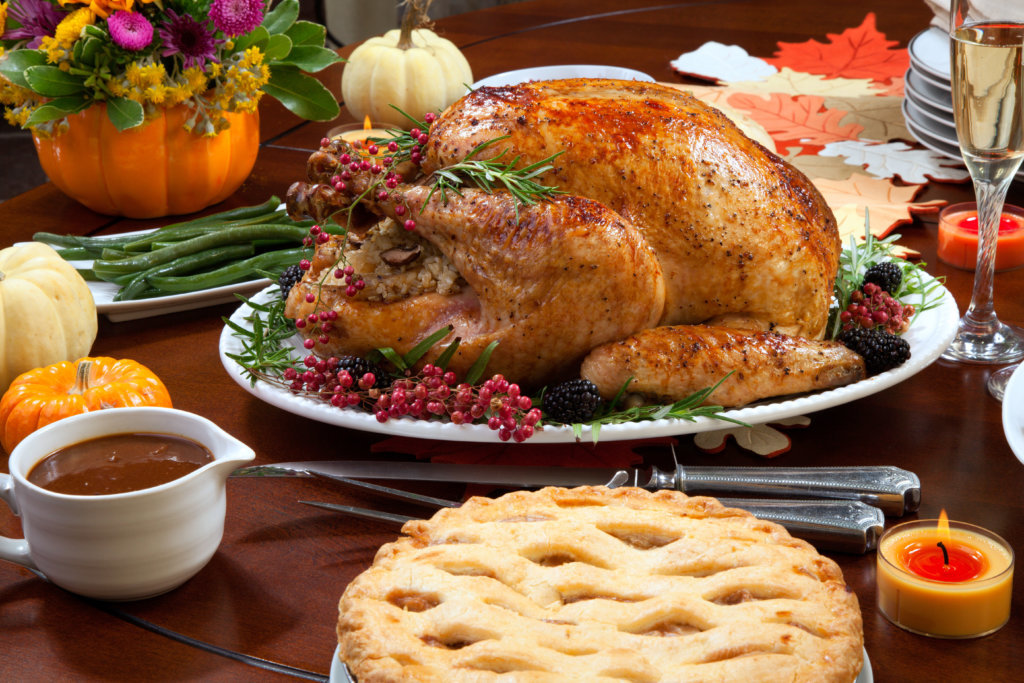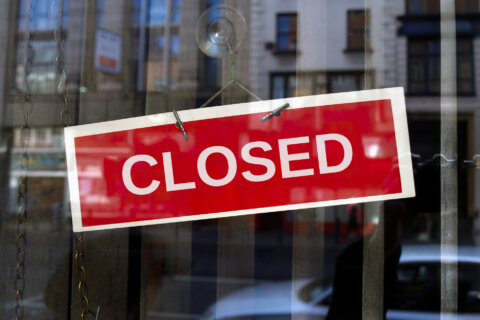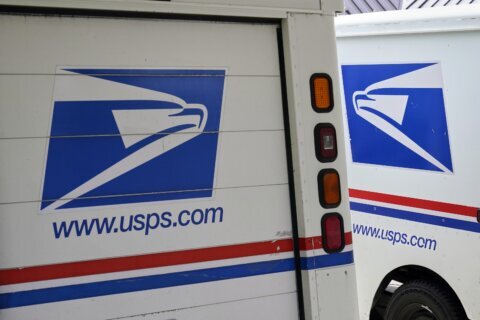
Turkey — the all American Christmas Dinner
When it comes to Christmas dinner staples, a turkey on the table is about as American as it gets.
In Europe, back in the day, the goose was the bird to stuff and put on the table, right up until the discovery of North America.
“The turkey was, of course, native to the New World so anybody who was coming here as an immigrant or a settler would have encountered these birds,” said Kira Dietz, Assistant Director of Special Collections and University Archives at Virginia Tech University Library, and an expert on food and drink history.
When the settlers started enjoying turkey as a meal, they also sent some back home.
“It’s a fun fact that New World turkeys were actually introduced to Europe. So, we started with the turkey here in America, and it reached Europe later on.”
It was not known as a Christmas staple back then, as goose was still the popular choice. But everything changed with the publishing of a little book by Charles Dickens in 1843.
“We have this whole plotline in A Christmas Carol around celebrating with turkey and celebrating instead of goose.”
And the tradition of the American bird caught on with all the fixings.
Why Are We Stuffing the Bird?
While Dickens’ Christmas Carol in the 1800s popularized everyone wanting a turkey on their Christmas dinner table, the origins of stuffing that bird go back much further.
“The sort of early roots of all of this goes back to you know, sort of the medieval and Middle Ages and even earlier,” said Dietz.
In Germanic and Celtic culture and other places throughout Europe, there were harvest festivals toward the end of the year.
“Turkeys or geese were considered to be the Central Food, and they were often stuffed with other things that came from that Harvest,“ Dietz said.
Over time, that turned into the stuffed bird we see on the table today.

Gingerbread — The Most Traditional Christmas Treat
If you’re looking for the most traditional way to celebrate Christmas dinner, you may want to skip to dessert.
“We believe that it was first baked in Europe at the end of the 11th century,” said Kira Dietz, Assistant Director of Special Collections and University Archives at Virginia Tech University Library and an expert on food and drink history.
It became popular as spices were imported to Europe from the Middle East and Southeast Asia and eventually incorporated into local foods.
As for the cookies we know today, those became popular in the 15th century.
But, just because it was popular doesn’t mean anyone could have it. This was especially the case in Germany and France in the 1600s.
“In Germany and France, only professional gingerbread bakers were allowed to bake gingerbread,” said Dietz. “You were not allowed to just make it at home except during Christmas and Easter.”
As for the Gingerbread houses we know and love, some were made in the 16th century, but they would not gain much popularity for a few more centuries, perhaps thanks to literature.
”We didn’t really see them popularized until the nineteenth century, and there’s a lot of conversation around — is that because of The Brothers Grimm and the Hansel and Gretel story? Did that give the popularity of the gingerbread, or did gingerbread lead to the creation of that story? Nobody’s quite sure.”
Its introduction to the New World came with the immigrants from Europe who made it for family and influence in Virginia.
“In the early days of our voting, gingerbread was often used as a bribe to encourage voters to vote for one candidate over another,” Dietz said, “So basically someone would be out there handing out gingerbread cookies if they could get your vote.”








